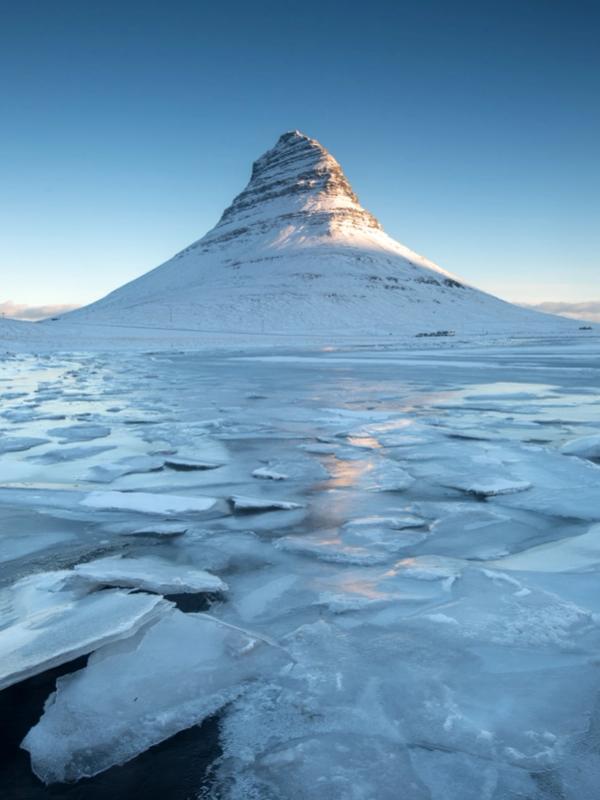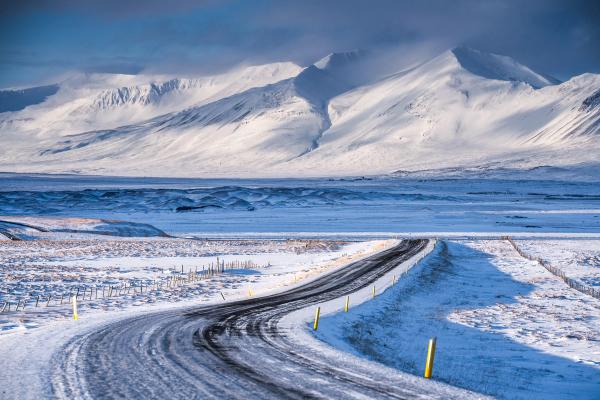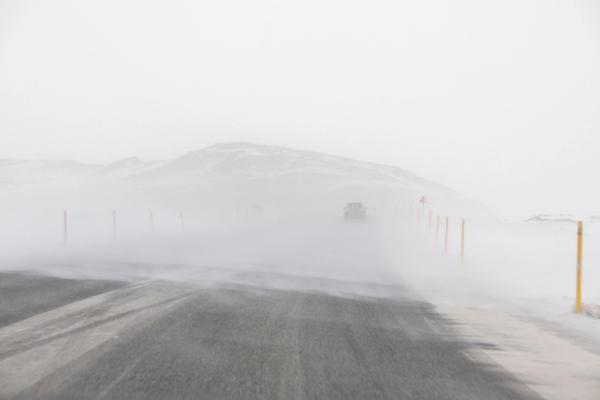
Winter Camper rental: The Essentials
With the onset of the dark winter months in Iceland, the country undergoes a remarkable transformation. The weather worsens as the days get shorter, and many think that a lot of the country is inaccessible. But with the proper precautions, it‘s still entirely possible to enjoy Iceland during this time, which turns into a mysterious, wild, and adventurous place under the cover of snow and darkness.
All of our campers are equipped with winter tires that are checked regularly, and almost all of our camper classes (except for the Go Smart Camper 2-pax) come with an automatic heating system to keep you nice and warm at night. With these two main concerns out of the way, read on to make the most of your Go Campers winter road trip in Iceland.
Camping in a campervan
During the winter months, there are quite a few campsites that have closed down. For a map of which are open during the winter, head over to All-Year Campsites. There is also the Tjalda camping site which details when different campsites are closing. With some careful planning, you shouldn‘t run into any trouble when it comes to finding a place to rest overnight.
Staying outside of designated campsites with a camper is illegal at all times of the year. If you do intend to stay on private land, you must seek permission from the land owner, who usually lives inside the nearest farmhouse.
The Roads
Route 1 can get seriously icy during the winter, and snow storms can close down parts of the main route, leaving you stranded. Serious planning needs to be undertaken beforehand, and it‘s a good idea to have a backup plan in case of any road closures. It is always a good idea to keep watch of the road conditions on Road. This lets you know in real-time of any road closures and where there is ice on the road. Be warned, though, that ´slippery conditions´ in Iceland could mean something entirely different from what is considered slippery in your home country.
The highway itself is challenging, even in the summer. It is very narrow and involves quite a few one-way bridges, blind curves, and hills, as well as roads that cling to cliffs without any safety barriers. Only pull over in designated spots, and be careful of other camera-toting tourists who have dangerously pulled over on the highway to snap a quick photo.
In the east of the country, Route 1 turns into a dirt road for a while, which isn‘t in the best condition. Watch out for reindeer as well. During this time, they come down from the mountains to be closer to the coast and can often be seen dashing across the roads.

The Weather
During the winter, it is true that Iceland experiences some very wild weather. It is especially important to keep tabs on what the weather is doing, and the Icelandic Meteorological office is your best bet. Watch out for wind speeds that hit over 16m/s, which are getting too dangerous to be driving in. If you do get caught in a storm, your best bet is to make your way to the closest town to ride it out.
Always have a backup plan in case the weather during your stay closes the roads to places you want to visit. It also pays to keep your camper well stocked with food and water in case you get stuck somewhere without a supermarket nearby.
On the other hand, there are actually quite a number of sunny days as well, and you might get lucky on your trip and have wonderful weather throughout. However, it is important to note that the days are short, and the sun hangs quite low in the sky, which usually means it shines right through the windshield into your eyes, so don‘t forget your sunglasses. And while it may sound cliche to say that the weather changes every 5 minutes in Iceland, it is completely true. That sunshine you enjoy one minute could turn to snow the next, so always be prepared for everything.

Safety
You‘re going to want to do a few things to ensure that if you do run into any problems during your campervan trip, someone will always know where you are. Log your travel plans at Safe Travel and also download the app. Fill in your details in the app, and it will track your signal so that the rescue teams already know your coordinates. Check in every now and then to update the coordinates so they can see how you‘re tracking and warn you if you‘re heading into any dangerous weather.
You can also rent a mobile Wi-Fi router from Go Campers to ensure you‘re connected throughout the trip. This is especially important at this time of year so that you can monitor the weather patterns and road conditions, as they change quite rapidly.
But even with the wifi, it always pays to have a backup plan – in this case, a map of Iceland. Make sure to grab one before you leave the office, as the wifi signal can drop out while crossing mountains and in the remote edges of the country.
What to Pack
Winter is no joke in Iceland. And while the country doesn‘t get as cold as one might think for a country called Iceland, the wind whipping across the landscapes does its best to make you miserable and freezing. Don‘t let it by bringing with you the following essentials.
Pack thin layers of clothing, as well as a base layer of thermal gear. A big weatherproof jacket is a must, as well as some waterproof pants. A warm woolen jumper goes a long way, as do a few pairs of thick woolen socks (you can pick up some Icelandic woolen socks at many stores in Reykjavik and around the country if you don‘t have any). Waterproof boots are essential for comfortably trekking across snowy landscapes, and don‘t leave home without a beanie or some heavy gloves.
Even with a high-quality Webasto heater in the campervan, sleeping bags are a must. If you don‘t have any room in your luggage, you can rent them from us while you‘re booking or when you arrive.
Conclusion
Winter camping in Iceland can be an amazing experience if you’re well-prepared. Choose the right campervan, stay updated on weather and road conditions, and pack warm, waterproof clothing. Always have a backup plan in case conditions change. With the right approach, a winter campervan trip in Iceland can be safe, enjoyable, and unforgettable.
